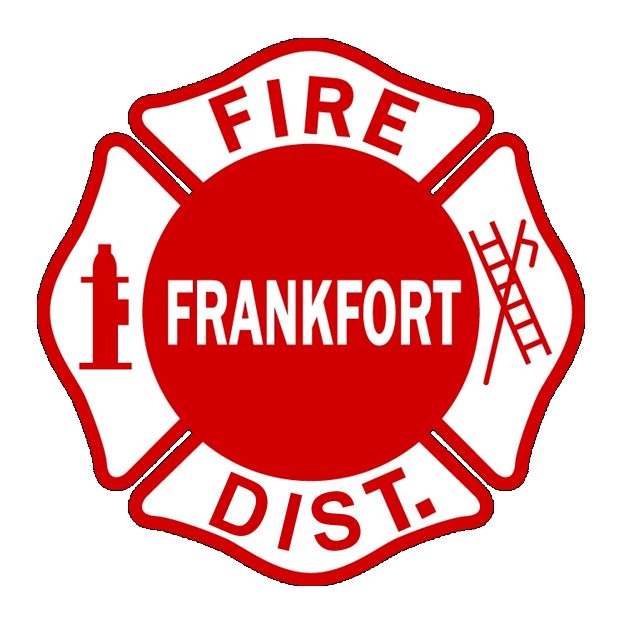The Do’s and Don’ts of 911
911 is to be used for emergencies only. An emergency is any serious medical problem that is a threat to life or limb (chest pain, seizure, bleeding), any type of fire (business, car, building), any life-threatening situation (fights, person with weapons, etc.) or to report crimes in progress.
Do not dial 911 for a non-emergency. Instead, dial the non-emergency telephone number 815-469-1700. A non-emergency incident is used to request a lift assist, schedule a car seat inspection, inquire about a report, report a controlled burn, etc.
Do not program 911 into your auto-dial telephone. You won't forget the number, and programming the number invites accidental dialing of the number.
Please do not dial 911 to "test" your phone or the system. This needlessly burdens the 911 system with non-emergency calls and prevents call takers from answering true emergency calls.
Do not call 911 to ask for directions, obtain a phone number of another agency, or to contact a police officer, Sheriff's deputy or fire fighter directly. These calls prevent call takers from answering emergency calls. You should only call 911 for emergencies. Calling 911 as a joke or when there's no emergency is a crime.
Should I drive to a fire station in an emergency? When an emergency happens, the best thing to do is call 911. We strongly discourage anyone from driving to a fire station during an emergency. This is because throughout the day (and night), there are frequent periods that personnel are not at the fire station. Some of these periods are caused by:
· Other calls for service.
· Training.
· Performing inspections.
· At a public event or school visit.
· At the mechanic’s shop for maintenance.
· At District headquarters for a meeting.
· Running errands such as shopping for station supplies.
Driving to an empty fire station can cause a delay in receiving assistance. All the telecommunicators that answer 911 calls can offer emergency dispatch directions for the treatment of various situations, injuries or illnesses.
Do not let children play with real phones. That includes house phones and cellular phones. A child need only push the '9' and a call could be placed to 911. With an open line, the call taker must send someone to investigate and make sure that an emergency does not exist. This needlessly takes resources away from genuine emergencies.
If you dialed 911 in error, do not hang up the telephone. Instead, stay on the line and explain to the call-taker that you dialed by mistake and that you do not have an emergency. If you hang up, a call-taker will call back to confirm that there is no emergency. If you don't answer, an officer will be dispatched to confirm that you are OK. This will needlessly take resources away from true emergencies.
When the call-taker answers, briefly describe the type of incident you are reporting. For example, "I am reporting an auto fire," or "I am reporting an unconscious person". Then stay on the line with the call-taker —do not hang up until the call-taker tells you to. In some cases, the call-taker will keep you on the line while the emergency units are responding to ask additional questions or to obtain ongoing information.
Be patient as the call-taker asks you questions. While you are answering the call-taker's questions, he/she is entering the information into the dispatch system. The information is being gathered while emergency response units are en-route. The questions that are being asked do not delay the dispatch of the police or fire/EMS units.
Let the call-taker ask you questions — they have been trained to ask questions that will help prioritize the incident, locate it and speed an appropriate response. Your answers should be brief and responsive. Remain calm and speak clearly. If you are not in a position to give full answers to the call-taker (the subject is nearby), stay on the phone and the call-taker will ask you questions that can be answered "yes" or "no".
Be prepared to describe your location and the location of the emergency. Although an Enhanced 911system will display your telephone number and location, the call-taker must confirm the displayed address or may ask you for more specific location information about the victim or suspects.
If you are a cellular caller, your telephone number and location proximity should be displayed for the call-taker to reference. However, some telephones are not equipped with the technology to send the information to the 911 Center. You must be able to describe your location so emergency units can respond. Be aware of your current city/town, address, highway and direction, nearby cross streets or interchanges, or other geographical points of reference.
Occasionally, cellular 911 calls are routed to a 911 center in another County. Be prepared to give the call-taker your complete location — city or town, address or location, inside or outside, what floor or room, etc., to ensure appropriate response.
Be prepared to describe the persons involved in any incident. This includes their race, sex, age, height and weight, color of hair, description of clothing, and presence of a hat, glasses or facial hair.
Be prepared to describe any vehicles involved in the incident. This includes the color, year, make, model and type of vehicle (sedan, pick-up, SUV, van, tanker truck, etc.). If the vehicle is moving or has left, the call-taker will need to know the last direction.
Listen to the call-taker's instructions for assistance if you are in danger yourself. The call-taker may tell you to leave the building, secure yourself in a room or take other action to protect yourself.
Don't hang up until the call-taker tells you to. Follow any instructions the call-taker gives you, such as meeting the officers at the door, or flagging down the firefighters at the curb.

